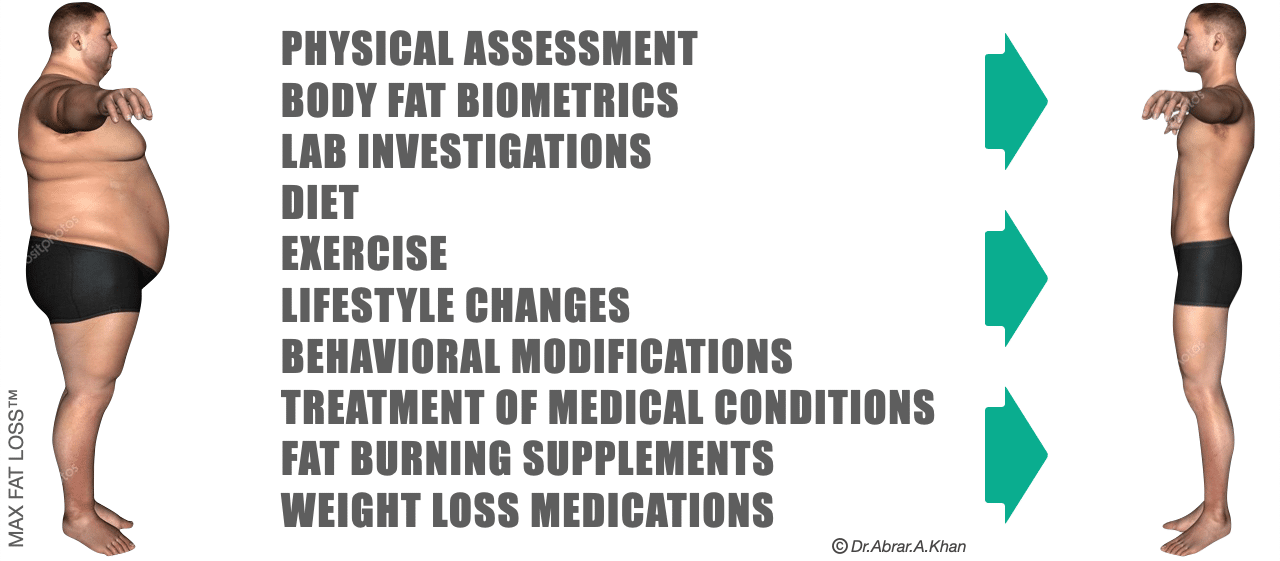All Categories
Featured
Table of Contents
-1
Commanders of armed forces bases should analyze their facilities to identify and get rid of conditions that encourage several of the consuming habits that advertise obese. Some nonmilitary companies have boosted healthy and balanced eating alternatives at worksite eating facilities and vending machines. Although numerous publications suggest that worksite weight-loss programs are not really reliable in lowering body weight (Cohen et al., 1987; Forster et al., 1988; Frankle et al., 1986; Kneip et al., 1985; Loper and Barrows, 1985), this might not be the instance for the armed forces due to the better controls the armed force has over its "workers" than do nonmilitary employers.
-1Administration of overweight and excessive weight needs the energetic participation of the individual. Nutrition experts can provide people with a base of information that permits them to make educated food selections. Nutrition education and learning is unique from nutrition therapy, although the contents overlap considerably. Nourishment counseling and nutritional monitoring tend to focus even more straight on the motivational, psychological, and mental issues related to the current task of weight management and weight administration.
-1Unless the program participant lives alone, nourishment management is rarely reliable without the involvement of family participants. Weight-management programs might be divided right into two phases: fat burning and weight upkeep. While exercise may be the most essential aspect of a weight-maintenance program, it is clear that nutritional constraint is the vital component of a weight-loss program that affects the rate of weight reduction.
-1Hence, the power balance equation may be affected most substantially by reducing power intake. weight loss support. The variety of diet plans that have actually been recommended is nearly numerous, yet whatever the name, all diets are composed of reductions of some proportions of protein, carbohydrate (CHO) and fat. The following areas take a look at a variety of setups of the percentages of these three energy-containing macronutrients
Weight Loss Doctor

-1
This sort of diet is composed of the sorts of foods an individual typically eats, but in lower amounts. There are a number of factors such diet regimens are appealing, yet the major reason is that the recommendation is simpleindividuals need just to follow the U.S. Division of Agriculture's Food pyramid.
-1In operation the Pyramid, nonetheless, it is very important to emphasize the section sizes used to establish the suggested number of portions. For instance, a majority of customers do not realize that a part of bread is a solitary piece or that a section of meat is only 3 oz. A diet based on the Pyramid is quickly adapted from the foods served in team setups, including armed forces bases, given that all that is required is to eat smaller parts.
-1A lot of the researches published in the clinical literary works are based on a balanced hypocaloric diet with a reduction of energy consumption by 500 to 1,000 kcal from the person's typical caloric intake. The U.S. Food and Medication Administration (FDA) recommends such diet regimens as the "common treatment" for professional tests of new weight-loss medications, to be utilized by both the energetic representative team and the sugar pill team (FDA, 1996).
-1The largest quantity of weight reduction took place early in the research studies (regarding the first 3 months of the strategy) (Ditschuneit et al., 1999; Heber et al., 1994). One study found that females lost more weight in between the 3rd and sixth months of the plan, yet guys shed a lot of their weight by the third month (Heber et al., 1994).
Gastric Bypass Cost
-1On the other hand, Bendixen and coworkers (2002) reported from Denmark that dish substitutes were associated with unfavorable end results on weight management and weight upkeep. However, this was not a treatment research study; individuals were followed for 6 years by phone meeting and data were self-reported. Out of balance, hypocaloric diet regimens limit one or even more of the calorie-containing macronutrients (protein, fat, and CHO).
-1Several of these diet plans are published in books targeted at the lay public and are frequently not written by wellness specialists and usually are not based upon audio clinical nutrition principles. For several of the nutritional programs of this kind, there are couple of or no study publications and virtually none have actually been examined lengthy term.
Optifast Specials
-1The significant sorts of unbalanced, hypocaloric diet plans are gone over listed below. There has actually been considerable debate on the optimum proportion of macronutrient intake for grownups. This research study typically compares the quantity of fat and CHO; however, there has been enhancing interest in the role of protein in the diet plan (Hu et al., 1999; Wolfe and Giovannetti, 1991).
-1The length of these researches that checked out high-protein diets just lasted 1 year or less; the long-term safety and security of these diets is not understood. Low-fat diets have actually been among one of the most commonly made use of treatments for obesity for years (Astrup, 1999; Astrup et al., 1997; Blundell, 2000; Castellanos and Rolls, 1997; Flatt, 1997; Kendall et al., 1991; Pritikin, 1982).
-1Outcomes of recent studies recommend that fat constraint is also important for weight maintenance in those that have slimmed down (Flatt 1997; Miller and Lindeman, 1997). Nutritional fat decrease can be achieved by counting and limiting the number of grams (or calories) taken in as fat, by limiting the intake of certain foods (as an example, fattier cuts of meat), and by replacing reduced-fat or nonfat versions of foods for their higher fat counterparts (e.g., skim milk for entire milk, nonfat ice cream for full-fat ice cream, baked potato chips for deep-fried chips) (Dywer, 1995; Miller and Lindeman, 1997).
-1Numerous elements may add to this seeming contradiction. First, all people appear to selectively undervalue their consumption of nutritional fat and to decrease typical fat intake when asked to tape-record it (Goris et al., 2000; Macdiarmid et al., 1998). If these outcomes mirror the basic propensities of people finishing nutritional studies, after that the quantity of fat being eaten by overweight and, potentially, nonobese individuals, is above regularly reported.
Weight Loss Doctor – Waroona 6215
-1They discovered that low-fat diet plans regularly showed substantial fat burning, both in normal-weight and obese individuals. A dose-response connection was additionally observed because a 10 percent reduction in nutritional fat was forecasted to create a 4- to 5-kg weight reduction in a specific with a BMI of 30. Kris-Etherton and colleagues (2002) discovered that a moderate-fat diet plan (20 to 30 percent of power from fat) was extra most likely to advertise weight-loss because it was much easier for patients to abide by this kind of diet than to one that was badly limited in fat (< 20 percent of energy).

-1
Very-low-calorie diet plans (VLCDs) were made use of extensively for fat burning in the 1970s and 1980s, yet have actually come under disfavor over the last few years (Atkinson, 1989; Bray, 1992a; Fisler and Drenick, 1987). FDA and the National Institutes of Health and wellness specify a VLCD as a diet that gives 800 kcal/day or much less. weight loss. Since this does not think about body dimension, a more scientific definition is a diet plan that supplies 10 to 12 kcal/kg of "preferable" body weight/day (Atkinson, 1989)
-1The servings are eaten three to five times each day. The main objective of VLCDs is to produce fairly quick weight reduction without substantial loss in lean body mass. To achieve this goal, VLCDs typically supply 1.2 to 1.5 g of protein/kg of desirable body weight in the formula or as fish, lean meat, or fowl.
Latest Posts
Challenging Gym For Women Near Me – Wilson
Proven Personal Training Near Me – Westminster WA
Cost-Effective Fitness Coaching Near Me – Baldivis